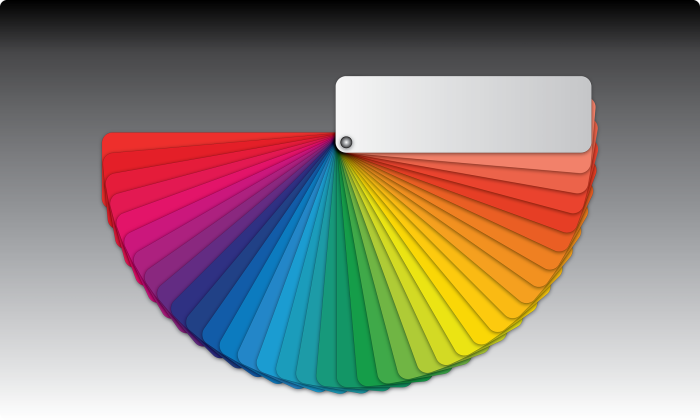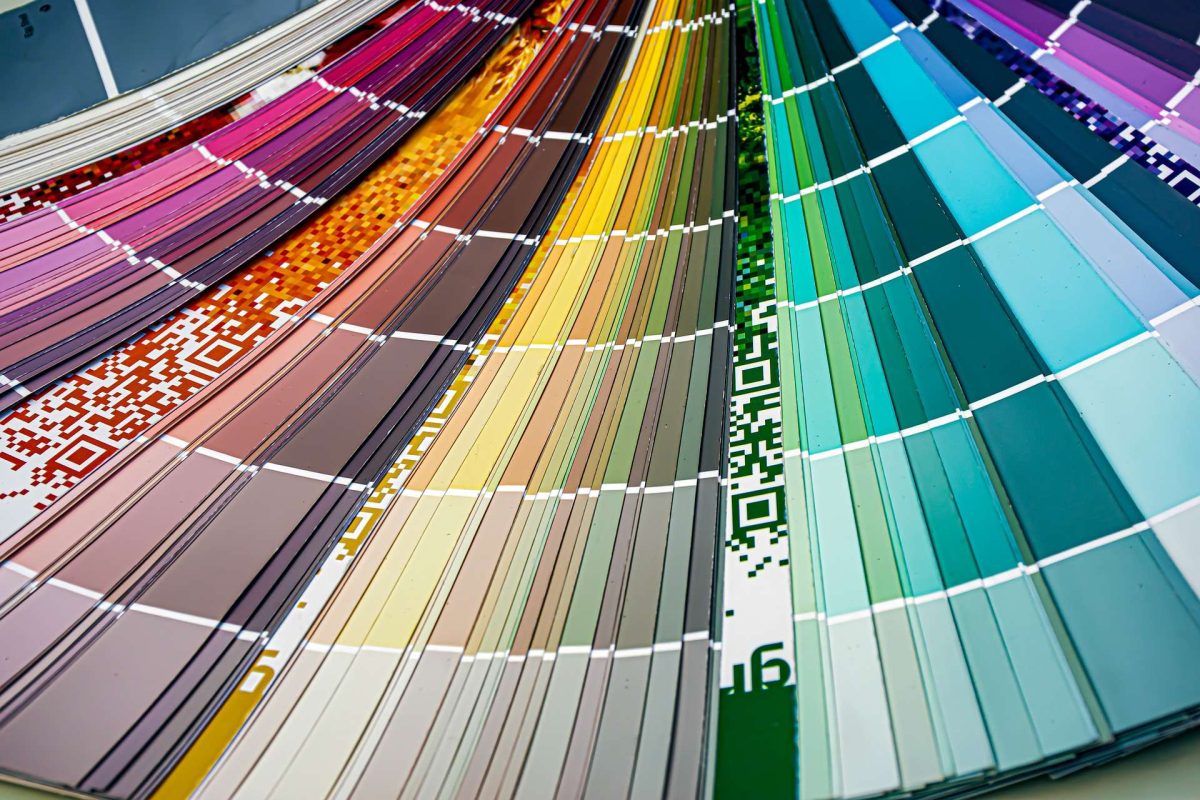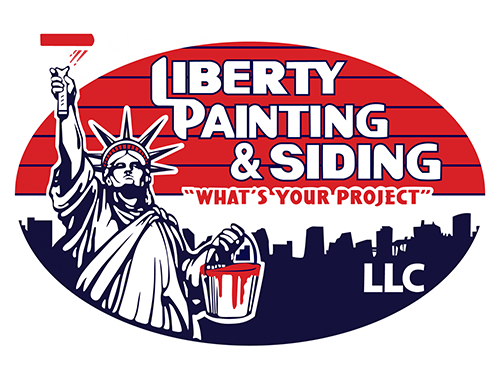So the time has come to paint a few spaces in your home and you’re wondering about color choices.
There are probably many considerations before making a final selection. Those considerations may include the size of the room, the amount of natural lighting, and the conditions of the walls. But what might also be a part of the decision-making process is the mood that a color palette could have on the space.
Let’s explore what psychologists and color experts reveal about your favorite hues and how they could set the perfect mood for your home and interior spaces.
 Color Psychology
Color Psychology
Simply put, color psychology is the study of color’s impact on human behavior. For instance, how does a certain color make us feel or behave?
It aims to understand why and how different hues affect our feelings, behavior, and decision-making processes. It’s actually used in many fields, from branding and marketing to interior design, art, and more. Using a certain color can sometimes be used in an attempt to reach a certain goal. For our purposes, it is going to help us explain how painting a space with a certain color can impact the mood of the space.
Psychology Today, the world’s largest mental health and behavioral science destination online, explains that while individual colors may impact each of us differently, the saturation, warmth, and brightness of color can set a mood in a space.
Color psychology can get very detailed and complex, considering the large number of hues and undertones associated with each. Therefore, let’s consider the temperature, brightness, and saturation of the color for today.
Color Temperature
In terms of interior design, paint hues are usually considered either warm or cool. For instance, warm colors such as reds and oranges, make a space feel warmer and cozier than their cool counterparts. Cool tones, such as blues and greens, make a space feel “cool” or more airy. These colors are great for spaces that heat up perhaps due to excessive natural light.
Color Brightness & Saturation
Psychology Today asserts that our emotional response to certain colors has to do with the colors’ saturation and brightness. Saturation refers to how a pure color is perceived. The fewer undertones of other colors mean higher saturation levels.
The brightness of a color refers to how light a color seems. Brightness is associated with how energizing or relaxing color can make a space feel.
For more detailed examples of how certain color can make your space feel, read Psychology Today’s article, The Surprising Effect of Color on Your Mind and Mood.
When you’ve made your decision on what color to paint your space, or need more help deciding, talk to our team at Liberty Painting. Call us for a free estimate and consultation.


